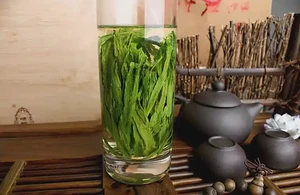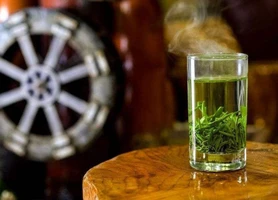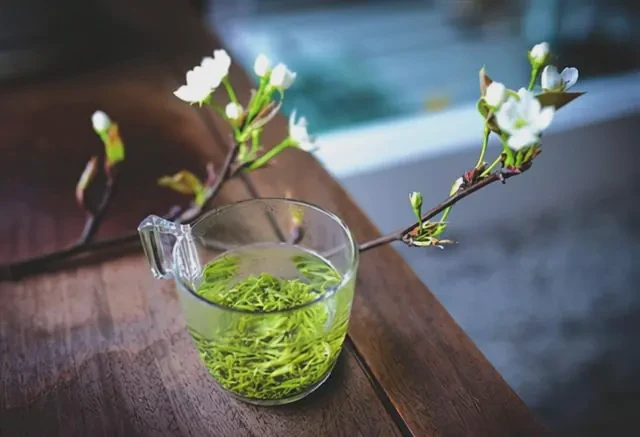

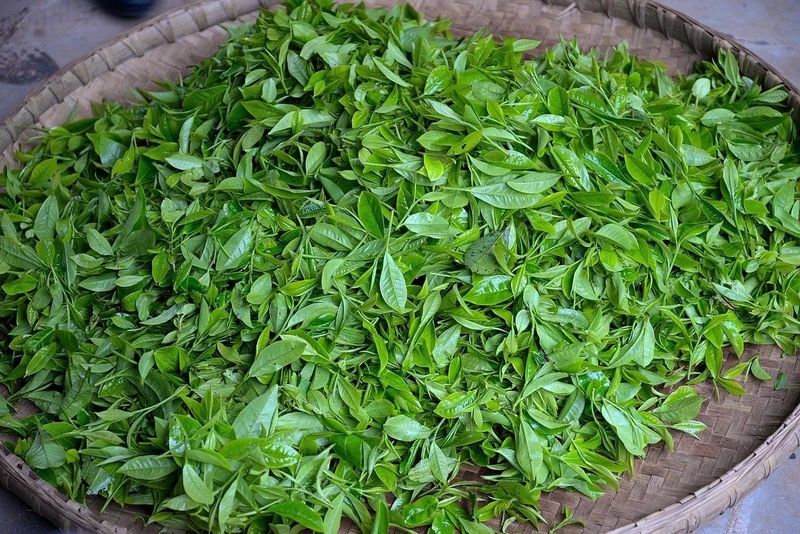
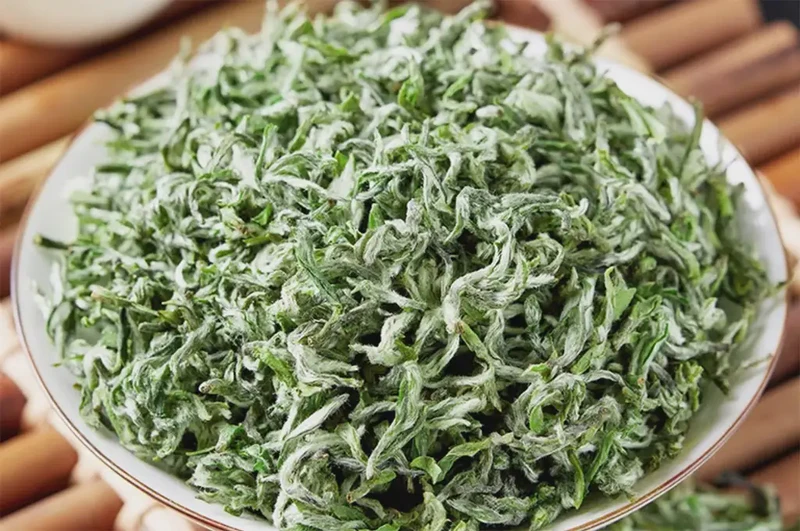
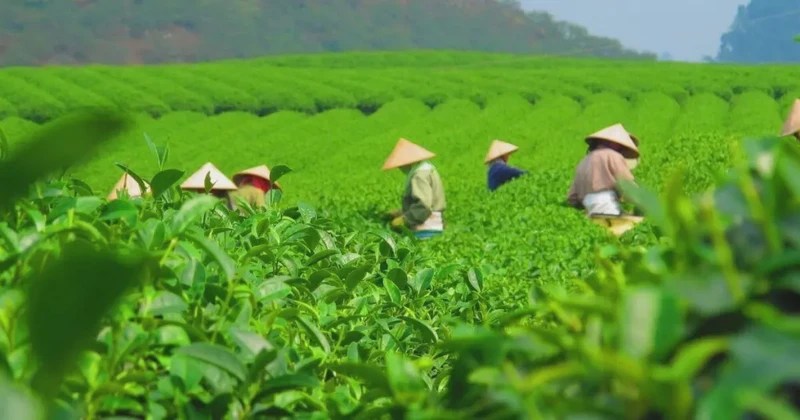
Bi Luo Chun (Green Snail Spring)
Origin
Jiangsu
Category
Green Tea
Harvest Time
Pre-Qingming
Processing
Pan-firing
Description
Bi Luo Chun, also known as 'Green Snail Spring', is a famous Chinese green tea from the Dongting Mountain region of Jiangsu Province. It is renowned for its delicate, spiral-shaped leaves, fresh aroma, and sweet, mellow flavor.
